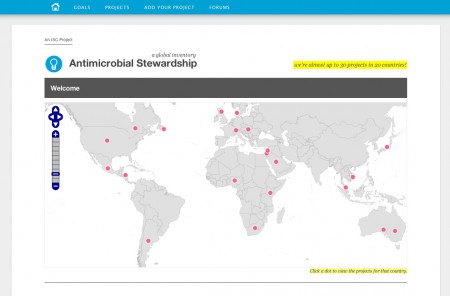My biggest goal was to get back to writing instead of applying updates (and thinking of more efficient ways to apply updates).
Long-time Drupal developer @wakah writes about moving his personal blog from Drupal to Jekyll.
This isn’t just about choosing the right tool for the job, its fundamentally about choosing (or not choosing) Drupal. The part about spending your time trying to think of more efficient ways to update Drupal resonated so loudly with me. The hours I spent in the Terminal making database backups and backups of backups, and saving the sites directory to somewhere else, and zipping it all up and downloading it and organizing it on my local machine, etc, are hours I’ll never get back.
I don’t know if anyone else is thinking this way, but I believe Drupal is at a crossroads. Its too complicated and ornery to be used to power simple blogs or small websites, and it has not been pitched to developers who are looking for a CMS/framework hybrid. If anything, Drupal has carefully chosen not to market it that way.
Just because @wakah chose to simplify his workflow and try a new hot tool like Jekyll doesn’t mean he’s abandoning or turned against Drupal, but it unavoidably says a lot about how he feels about it.
